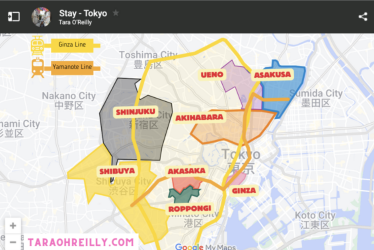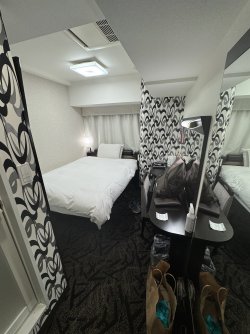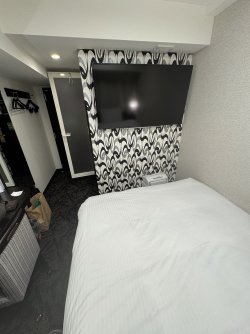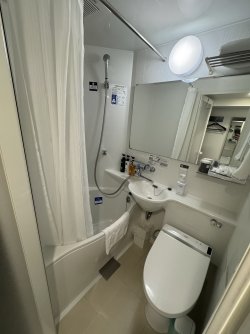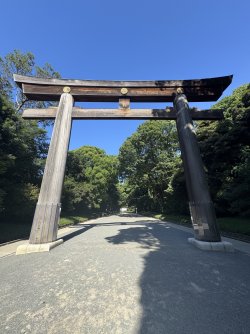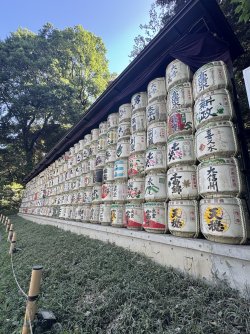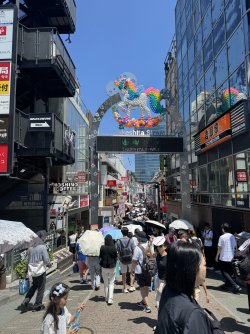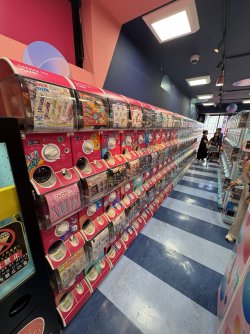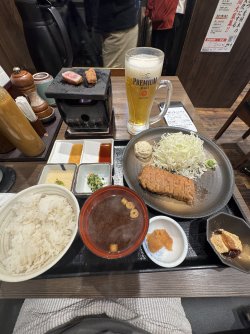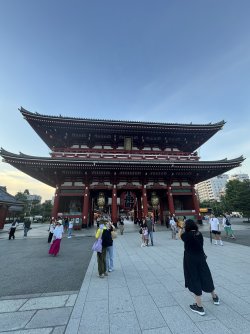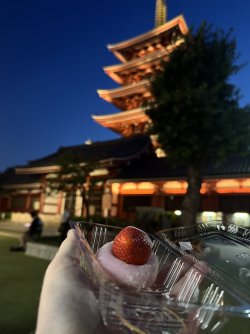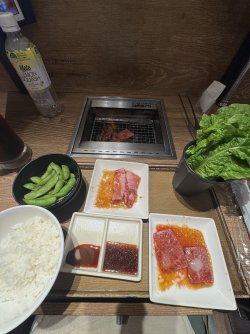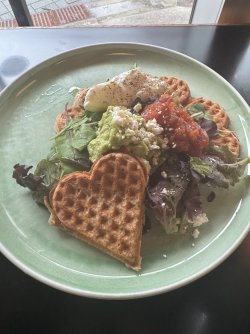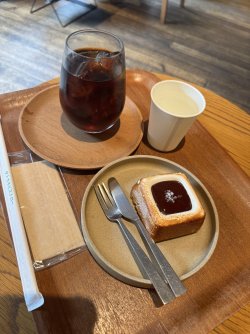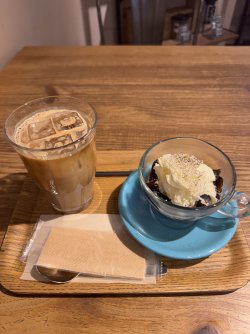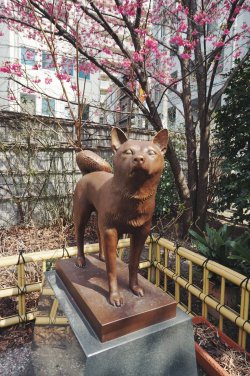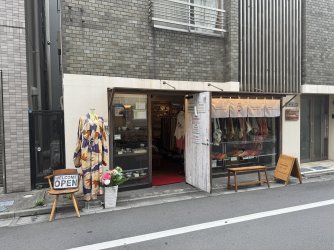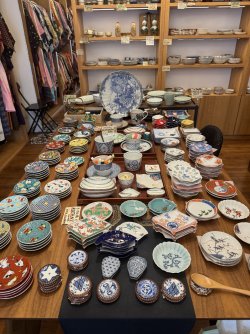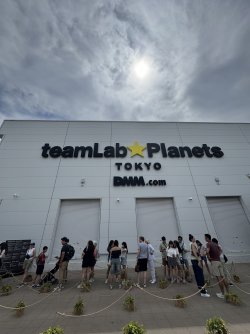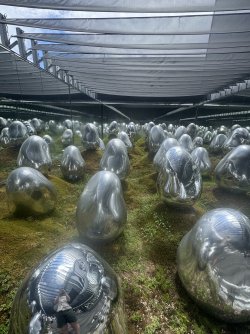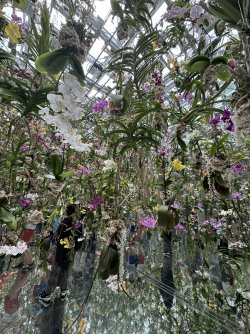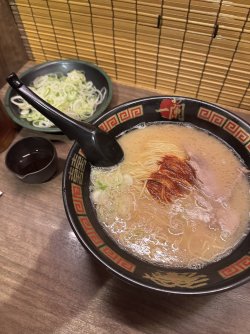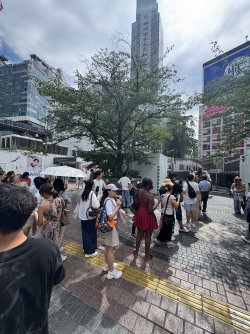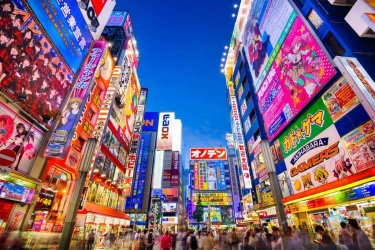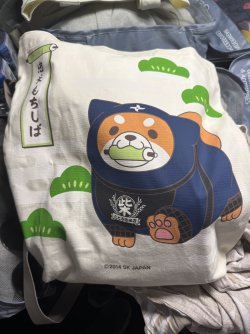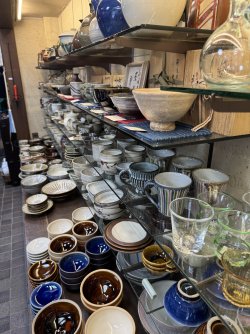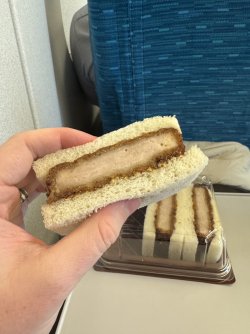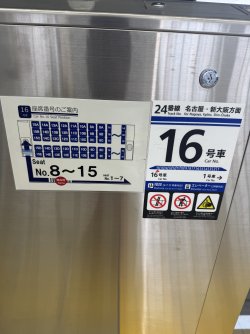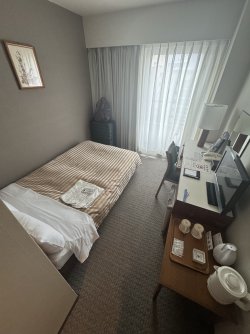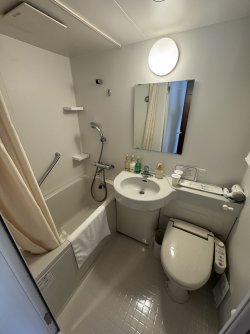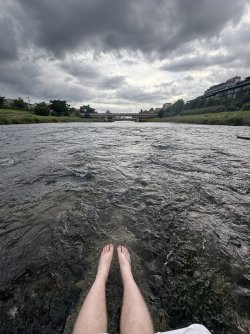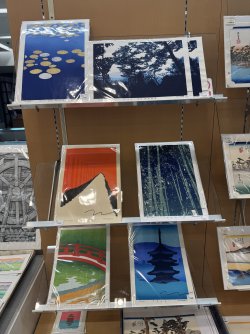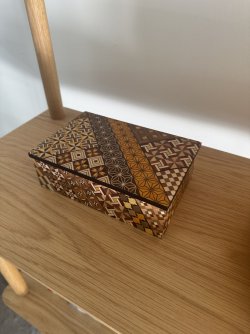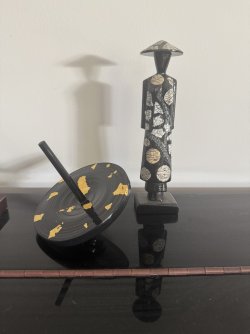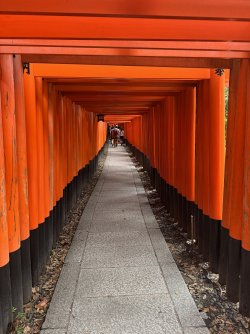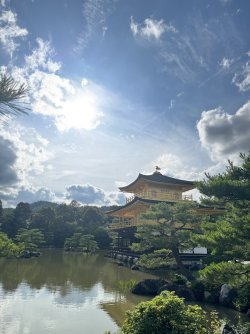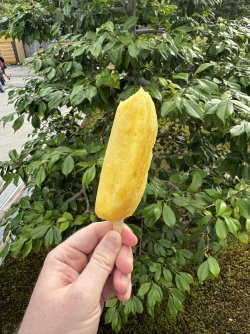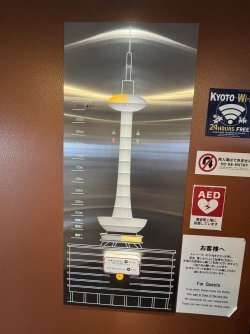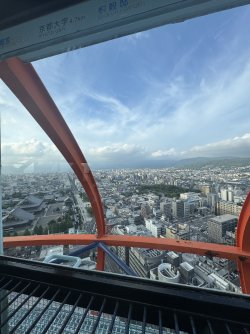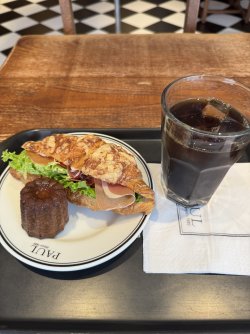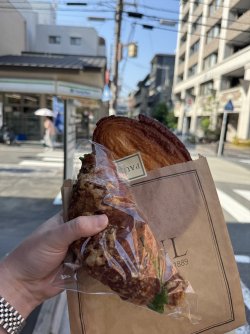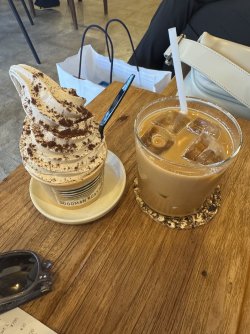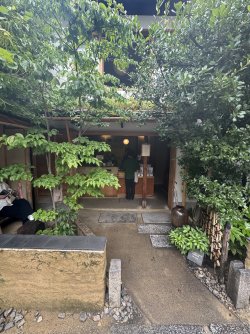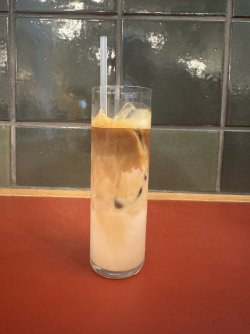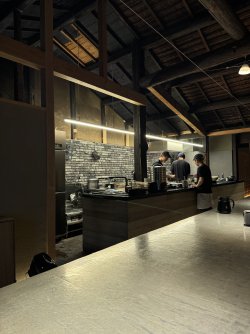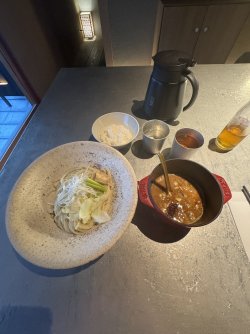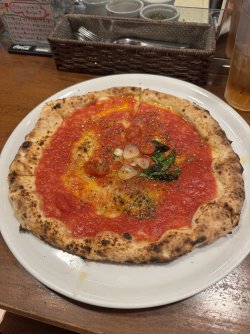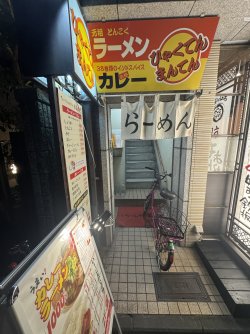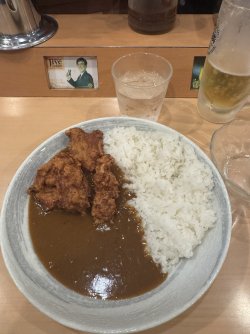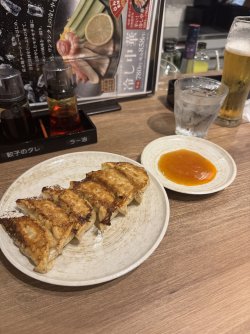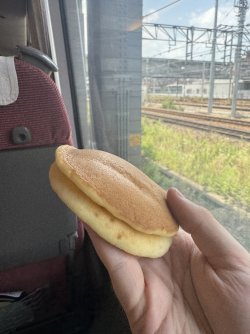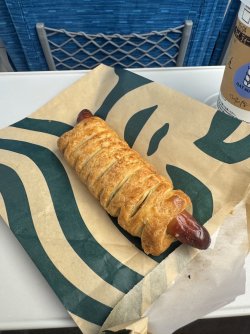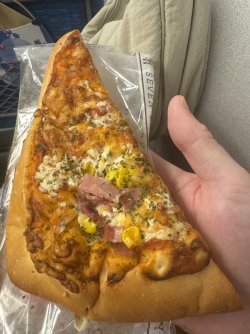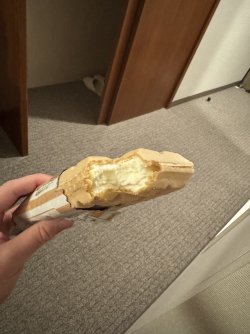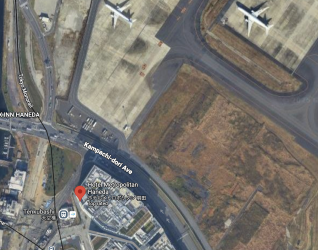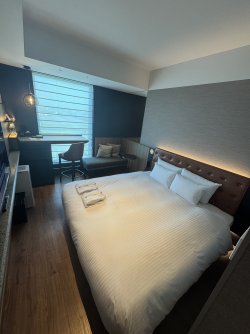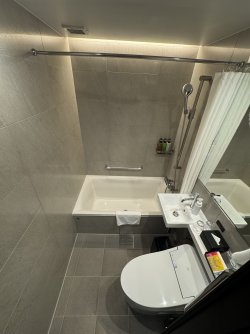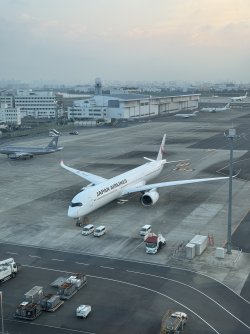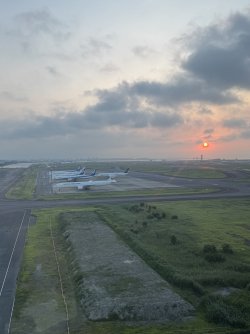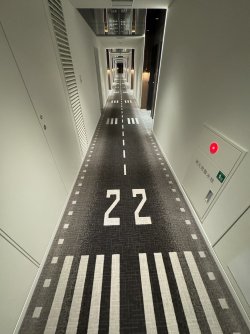Now then, our way home.
NH889
Tokyo (Haneda) - Sydney (SYD - Australia)
DEP. 08:35 ARR. 19:15
B789
Seat number: 4K
Business Class
Intro
As with my flight to Japan I booked this flight with life miles so I won't go into that again just read my initial review for more info. ANA operates two flights a day to Sydney, one is always a day time flight departing at 8:30am and then an evening overnight flight. As I already had an overnight flight on my way to Japan I chose the daytime option, this is my first regret on this trip.
The issue with this day time flight is that it departs Tokyo too early, in fact its ANA's first international departure of the day meaning you really have to end your trip in Tokyo. And annoyingly it also arrived too late is Sydney for Domestic transits due to Sydney airports curfew meaning I had to have an airport hotel in Tokyo as well as Sydney on this trip. In hindsight I should have booked my trip the other way around, day time flight to Japan, night time return. You live and learn.
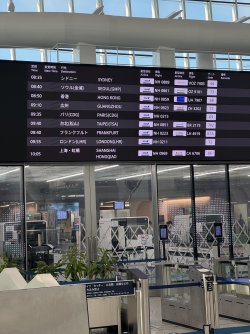 Check in & security at HDN terminal 2
Check in & security at HDN terminal 2
As mentioned this is ANA's first international departure of the day out of terminal 2 at Haneda. Terminal 2 is split into domestic and international with international departures being on the floor above domestic. When I got there at 5:30am bag drop and check in stations were yet to open. It turns out that at terminal 2 check in and bag drop only opens at 5:40am. When I got there the hall was empty and machines did not work, not until the clock struck 5:40am exactly.
Everything here is automated even in business class which I think lacks that luxurious feeling of premium travel. I don't think I've ever been the first person to check in for a flight but on this day I was. Not that this was really anything to be thrilled about as security didn't open until 6:00am, meaning I got to hang around for 20 minutes.
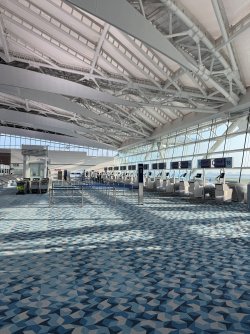
Security and Immigration was a breeze and I made my way to the ANA business class lounge. Its at this point that I realised that there was already a significant crowd inside the terminal, most likely transiting passengers but it was really odd going from the ghost town at check in to a bustling terminal, anyway seeking shelter in the lounge is next.
Lounge
As ANA's main hub you would expect this lounge to be substantial, and it is. Its essentially one very large room with a lot of seating and some booth style seats which offer a bit more privacy in the far end of the lounge. The lounge features one buffet section with a cook to order window and a seperate live cooking station where the chef was cooking up sausages for breakfast.
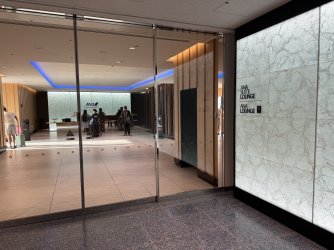
The lounge is very much giving utilitarian chic, with beige, black and brown tones its neither offensive nor particularly stylish. You get the feeling here that while they thought of practical things such as charging ports at every seat and plenty of tables to put your snacks on, they didn't really think of privacy or comfort.
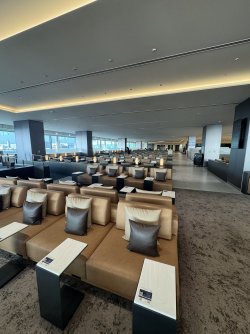
The food in the lounge is a little odd which seems to be an ANA theme, there is a small cold buffet and some warm items including the sausages mentioned earlier. I decided to have one last curry and rice with ginger pickles as really nothing else was tempting me.
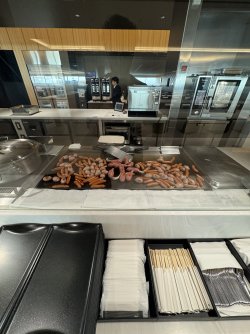
The beverage selection was also fine, I had a machine made iced coffee and a glass iced barley tea to stay hydrated. Theres no manned coffee or drinks station here, its all very help yourself.
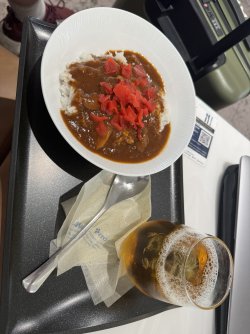
The lounge gets a 6/10 from me, nothing exciting but also nothing obviously terrible to speak about.
Boarding and layout
Honestly theres not much to say here, its a repeat of my outbound flight with the boarding process being very efficient and the plane type and cabin layout being the same also. The key difference was that we were on one of ANA's special Pokémon themed jets.
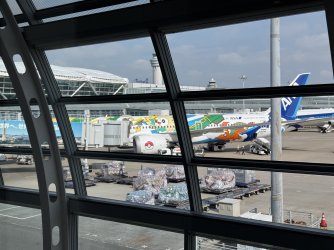
ANA currently has two Pokémon themed planes, one dreamliner and one 777 which feature a variety of Pokémon on the fuselage as well as a number of interior changes such as themed headrest covers in economy and themed cups and napkins throughout the cabins.
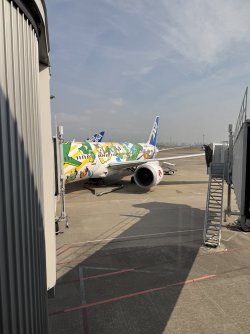
The dreamliner is called the Pikachu jet and therefore a stuffed Pikachu was on display while we boarded. Prior to departure a flight attendant also took Pikachu on a walk through the aircraft presumably for people to take photos with.
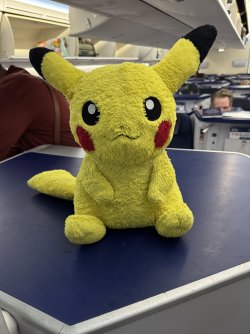
A welcome drink was served before the safety video was played (also Pokémon themed) and we were on our way. Again we got some great plane spotting done including of this JAL special livery 787-8 for the Kansai Expo 2025.
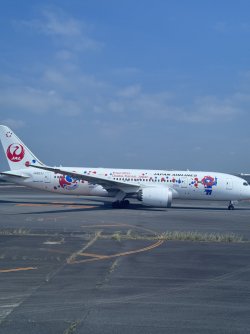 Meal service
Meal service
Prior to departure our meal orders were taken including drink orders for after take off. Despite this being a morning flight we were served lunch after take off which I prefer and then later on in the flight we had the option of having a lighter second meal.
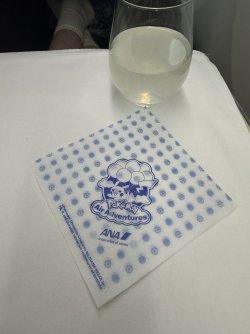
I ordered a coke zero and a glass of sake which was recommended. I'm not going to lie, the meal service was a bit of a confusing letdown for me. We again had the option of a Japanese or Western set menu and as I don't really eat much Seafood I chose the western option (which still included seafood) and found it all a bit weird.
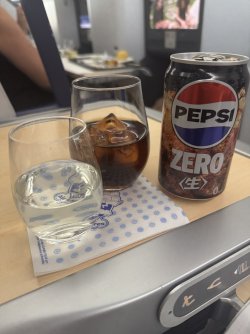
Before the starter we were offered an amouse bouche which was included gizzard which was completely inedible and extremely chewy. I didn't even manage to get a photo of it before I spat it back out.
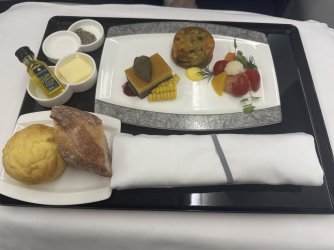
For starters we had a trio of cold appetisers including a corn and beef cheek slice, a seafood and veggie thing in savoury jelly and tomato mouse with veggies. We were also served warm bread with butter and olive oil. The corn thing and tomato mouse were edible but the jelly thing was way too fishy for me.
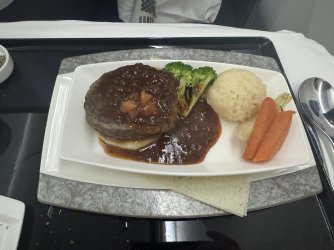
The main was steak with a gravy style sauce on top of onion puree, risotto and steamed veg. An odd combo that was fine to eat but I'd expect this in some sad retirement village not on a $4000 flight.
And for desert I had the cheese and pistachio mousse with a cup of green tea which was nice.
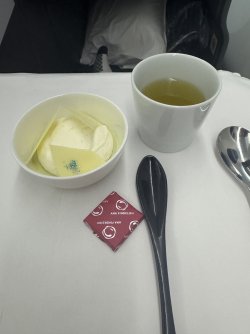
Once again during the flight you could order snack items such as ramen or a curry and rice bowl etc, I had the ramen which was lovely. On this flight it was less brothy and fresher than on the flight from Sydney.
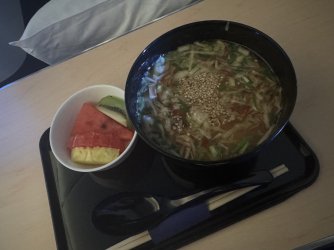
About 90 minutes out we were asked if we wanted a second meal. I wasn't really inspired by the menu options of either carbonara or octopus and halibut so chose to have another ramen and asked for some ice cream which sadly they had run out of so I was offered fruit instead which I accepted.
All in all I think ANA tries way too hard to create a refined dining experience especially the western menu with ingredients that you'd never see in a western restaurant. I also think it's a shame that passengers don't have the option of trying something Japanese without having to eat the whole set menu as the set menus all were a tad bit adventurous. I far prefer the way SQ or even Qantas structures its dining experience where you can select from number of options to create a meal you want and would enjoy. Additionally the meals were also just very very small in size, for a 10 hour day time flight which covers at leat two normal meal times I thought the offering was a bit meagre.
Wifi and entertainment
Entertainment is key during day time flights, and ANA is a large-ish catalogue of entertainment however none of it is sorted in any way so its all out of order and challenging to navigate.
On the upside ANA does offer free WIFI onboard for business class passengers so you can at least stay connected that way but not really stream.
Arrival into Sydney
Our landing was delayed due to severe wind and rain at Sydney Airport and we spent about an hour circling before we could land. Our taxi to a gate was short and we disembarked quickly. There were a few other arrivals at this time of evening but nothing like the morning rush and both immigration and customs was very smooth and efficient. Before I knew it I was on the streets of Sydney airport in the looking for the poorly sign posted Uber pick up spot.
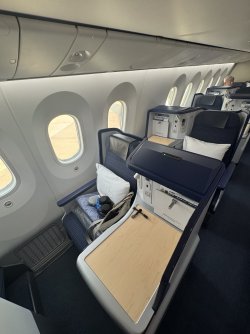 Overall thoughts
Overall thoughts
On balance I'm torn on ANA's business product, for what I paid I was glad to have a lie flat seat and the space as well as the ground experience and lounges. However as someone who doesn't live in Sydney I'd say the inconvenient flight times coupled with the lower standard product would push me to fly either direct in a cheaper product (Jetstar) or via Singapore in business.
I think the staff were lovely and the hard product while not flash was suitable but the strange food concept coupled with the flight times making it hard for domestic connections I'd probably not recommend this over other options. However with lifemiles this is by far the most affordable product so its worth keeping as a back up. The one big annoyance wether it be lifemiles or Velocity, ANA often only releases a single seat per flight in Business to its partners meaning traveling with a loved one is almost impossible even if you have all the miles in the world.








